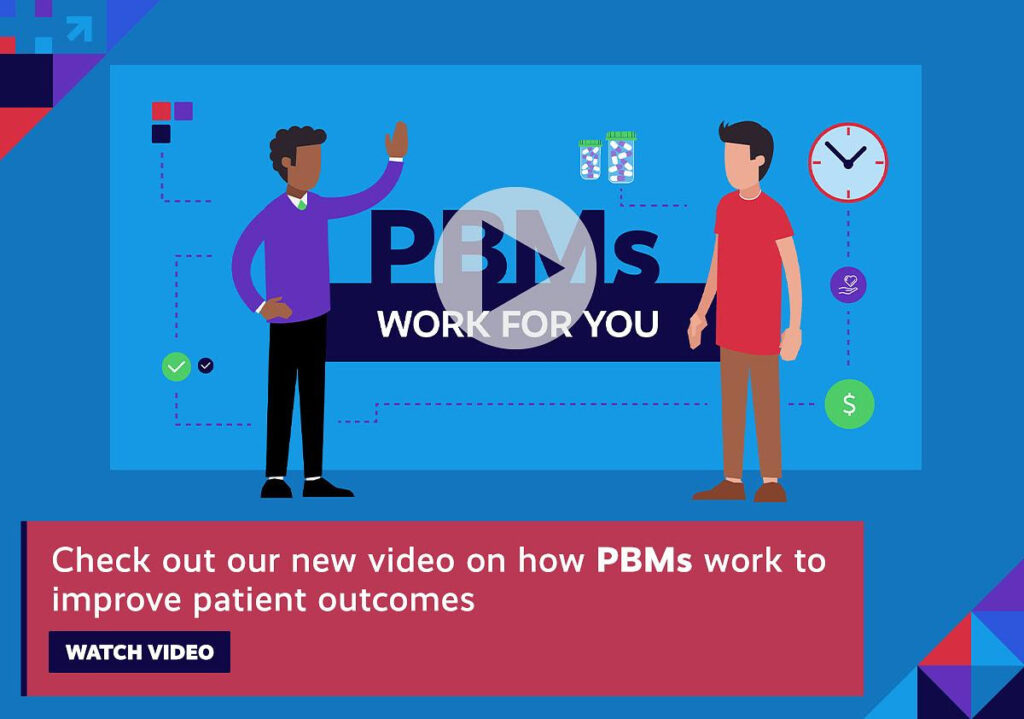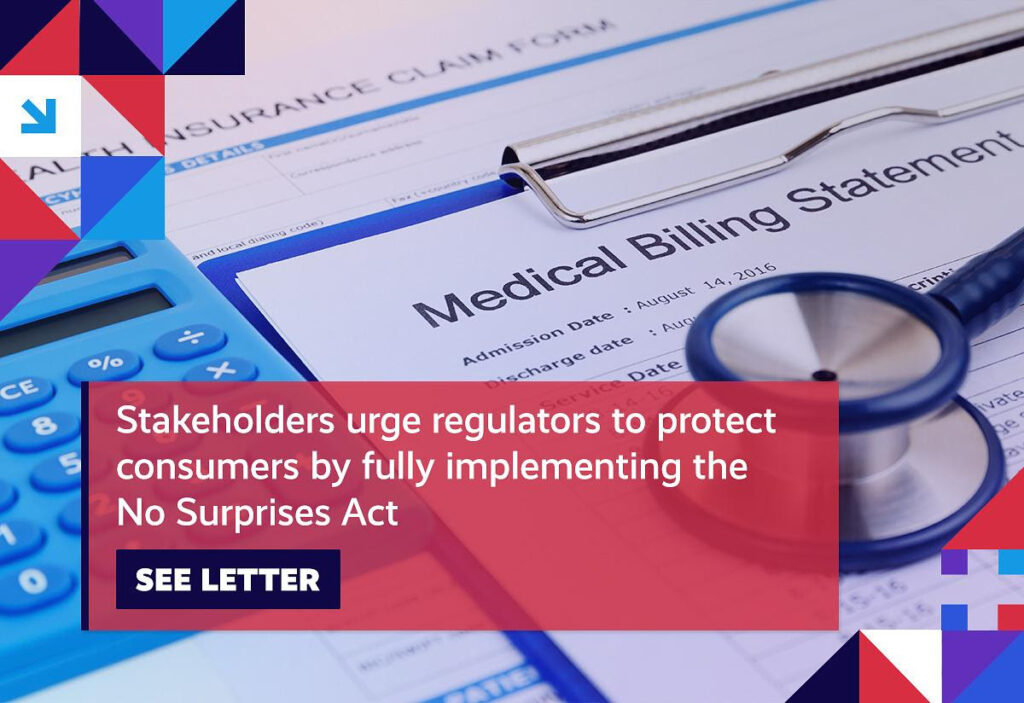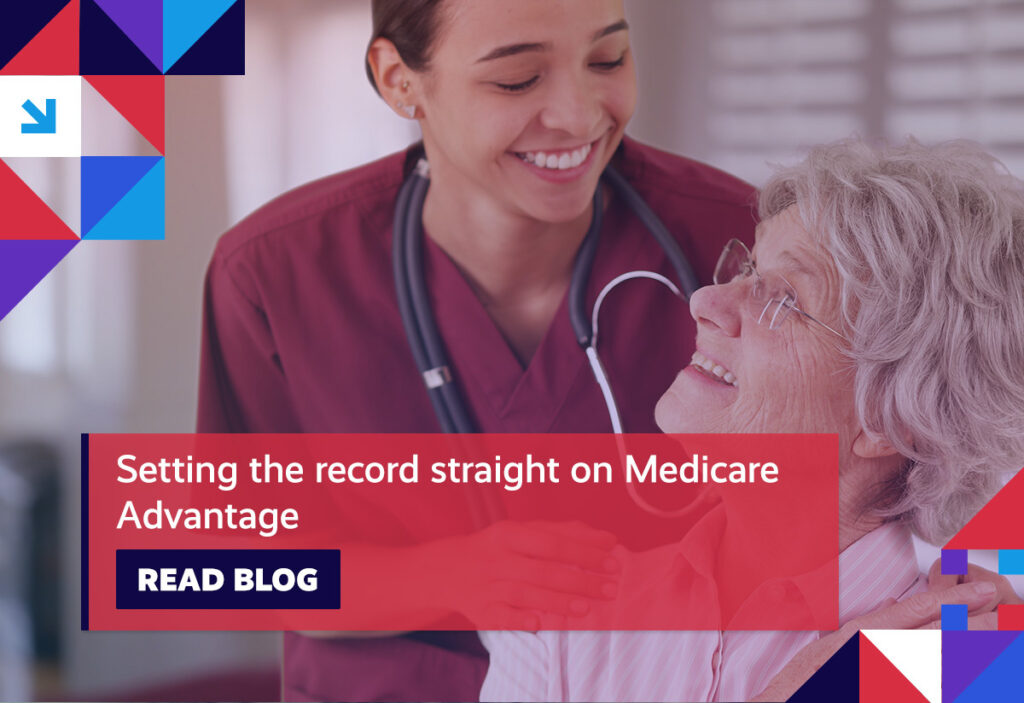An important milestone is reached for new consumer surprise medical billing protections; proposed changes to Medicare Advantage are finalized; a new study takes a look at nonprofit hospitals’ charity care; and, rising drug prices continue to leave vulnerable populations exposed.
We encourage you to stay involved as implementation efforts surrounding healthcare reform progress. Visit the Health Action Network and be sure to let us know what’s on your mind.
Item of the Week

Week in Review
100 Days: It’s now been more than 100 days since the “No Surprises Act” came online, and with it, new consumer protections against surprise medical bills. To mark the occasion, a broad coalition of nearly 70 organizations sent a letter to the Secretaries of the Departments of Health and Human Services (HHS), Labor, and the Treasury, urging their agencies to stand firm in their support of the law despite the numerous legal challenges seeking to unravel the critical consumer protections it provides. The signatories go on to call for full implementation of the law to ensure Americans are able to access these protections. Separately, a pair of lawmakers published an opinion piece highlighting the broad, bipartisan support that led to passage of the “No Surprises Act.” Written by Reps. Bobby Scott (D-Virginia) and Virginia Foxx (R-NC), the lawmakers caution that the aforementioned lawsuits threaten to not only undo the progress that has already been made, but also “unfairly expose and put at risk the health and financial security of consumers across the country.”

Medicare Advantage: Earlier this month, the Centers for Medicare & Medicaid Services (CMS) finalized proposed changes to the Medicare Advantage and Part D programs for 2023. While stakeholders were quick to applaud the Administration for promoting innovation and flexibility in the finalized changes, they expressed concern over separate ongoing rulemaking with unworkable policies that could negatively impact beneficiaries by increasing costs or reducing benefits. For their part, lawmakers had already lined up in support of the program – in historic numbers – ahead of CMS announcing those changes. That show of support would seem to be a reflection of what their constituents have been saying about Medicare Advantage as captured in polling from earlier this year in which the vast majority of beneficiaries said that protecting the program should be a priority for lawmakers.

Charity Care: According to a new report, nonprofit hospitals benefit from billions of dollars more in tax breaks than they spend on charity care and community investment. Conducted by the Lown Institute, the analysis determined that of the 275 nonprofit health systems examined, 227 of them had deficits in regards to how much they gave back compared to the value of their tax exemptions. In fact, collectively, researchers put the value of those deficits at more than $18 billion. Further, many of those systems have also received millions of dollars in COVID relief funds during the ongoing pandemic. The findings add to the growing narrative surrounding nonprofit hospitals and the charity care they deliver. A separate study published last year found that these health systems spend just $2.30 of every $100 in total expenses on charity care. To put that in context, government hospitals spend $4.10 and for-profit facilities spend $3.80.
Rx Costs: A new study explores the impact of high drug prices on the behavior of Medicare beneficiaries. Specifically, the analysis compared the rate of prescriptions filled and picked up for new, high-priced specialty medications for four conditions for patients receiving low-income subsidies versus those not receiving these subsidies. According to the analysis, patients were nearly twice as likely to pick up or fill their prescriptions when they had the benefit of subsidies, which help to lower out-of-pocket costs. The data went on to reveal that Medicare beneficiaries without the benefit of subsidies failed to fill or pick up nearly 30 percent of prescriptions written for cancer drugs, 22 percent of hepatitis C treatments, and more than 50 percent of other disease therapies for conditions like immune system disorders. Experts point to the study as further evidence that drugmakers’ continued price hikes and high launch prices are fueling the affordability crisis keeping many patients from accessing the medicines they need.
Spotlight

| You can keep up with the latest by following the Health Action Network on Twitter and by liking us on Facebook. And, be sure to check us out on LinkedIn, too. As always, let us know if there’s something you’d like to see covered in a future newsletter. |
